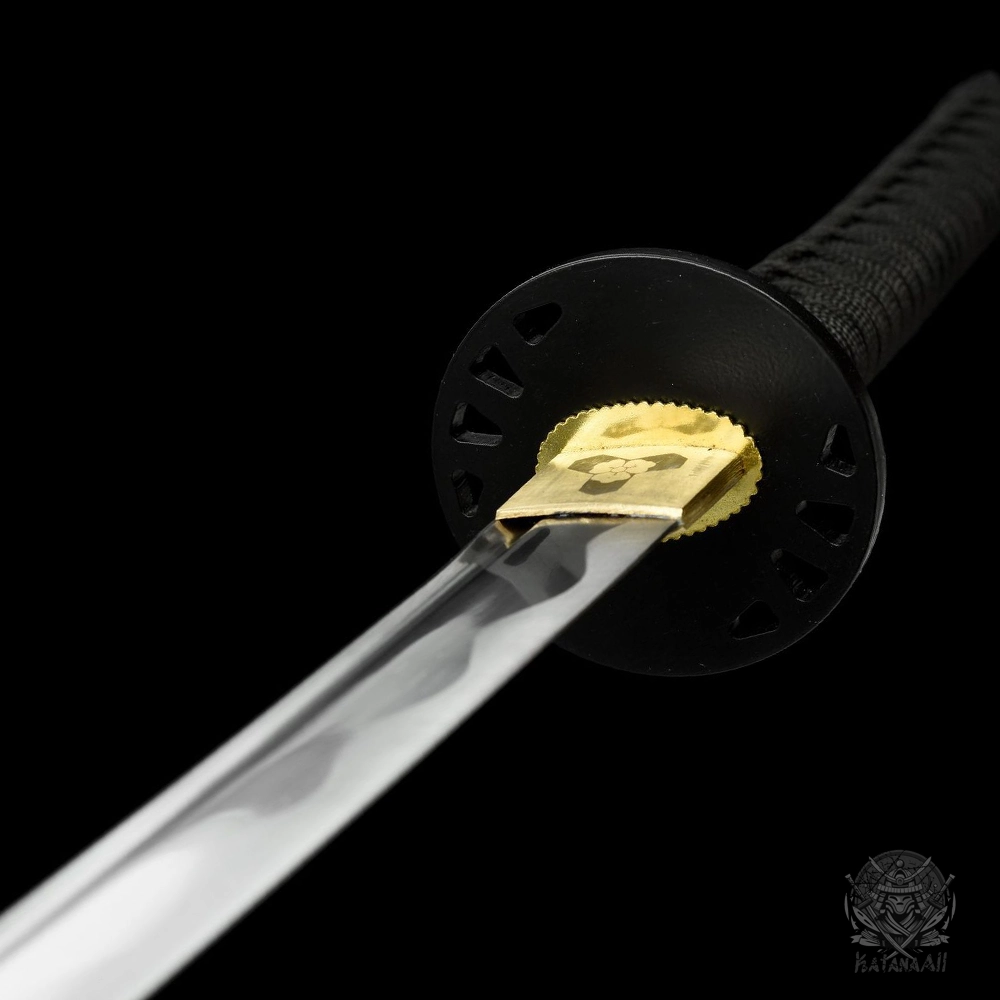Sword Storage Humidity Control Tips: Keep Your Blade Sharp and Safe

If you’re a proud sword owner, you know the importance of proper care and maintenance to keep your blade in top condition. One of the often-overlooked aspects of sword care is humidity control. Too much moisture in the air, and you risk rust and corrosion; too little, and your sword’s wood parts could crack, and the handle might dry out. As someone who’s spent years training with katanas and other swords, I can tell you that proper storage is a game-changer for preserving your sword and extending its life.
Let’s talk about humidity control for sword storage. Whether you have a katana, a samurai sword, or any other fine blade, knowing how to regulate humidity can make all the difference between a rusted hunk of metal and a sharp, well-maintained piece of history.
Why Humidity Control Matters for Sword Storage
If you’re anything like me, your sword is more than just a tool or weapon—it’s a piece of history, craftsmanship, and maybe even a symbol of pride. The last thing you want is to see your beloved sword suffer from corrosion or damage. Let me tell you, I’ve seen some swords ruined because they weren’t stored in the right conditions, and it’s a heartbreaking sight.
Too much humidity can cause rust to form on the blade, especially on the edge, where you need that sharpness most. On the flip side, too little humidity can cause dryness in the wooden parts of the sword or cause the handle (tsuka) to crack, which makes for a pretty uncomfortable and unsafe practice session.
That’s why humidity control is one of the most important things to consider for sword storage. So, let’s dive into how you can keep your sword in mint condition by regulating the humidity levels properly.
How to Control Humidity for Sword Storage
1. Store Your Sword in a Dry, Cool Place
When I first started collecting swords, I made the mistake of leaving my katana on display near a window, which exposed it to temperature fluctuations and humidity changes. Let’s just say it didn’t end well. You want to store your sword in a cool, dry place, away from direct sunlight and moisture. The ideal temperature for sword storage is between 60°F and 75°F, with humidity levels between 40% and 60%.
2. Use a Humidity Control Pouch or Case
One of the best ways to control humidity is to store your sword in a dedicated sword case with humidity control pouches inside. These pouches absorb excess moisture, keeping the air inside the case just right. I use one of these for my own collection, and it’s done wonders for maintaining the integrity of the sword and preventing rust. You can also find cases with built-in humidity control systems that keep your sword at a consistent level of dryness.
| Option | Why It Works |
|---|---|
| Humidity Control Pouches | Absorbs excess moisture to maintain the right humidity levels inside the storage case. |
| Sword Display Case | Keeps the sword secure and provides built-in moisture control, perfect for long-term storage. |
| Portable Humidity Packs | Great for traveling with your sword, ensuring it stays safe and dry during transportation. |
3. Desiccants: A Must for Long-Term Storage
Desiccants are an unsung hero when it comes to humidity control. Think of them like mini moisture sponges that absorb excess water in the air. The classic choice is silica gel packets, which can be placed inside your sword case or displayed cabinet. Personally, I’ve had a small container of silica gel sitting inside my case for years, and it’s kept my swords safe from moisture damage.
If you’re looking for a more eco-friendly option, you can use charcoal or bamboo charcoal pouches that also help absorb moisture, and they last a lot longer than silica gel!
4. Avoid Storing Your Sword in High-Humidity Areas
A major no-no is storing your sword in places that are prone to high moisture, like basements, attics, or bathrooms. Trust me, I’ve been there. Even if you think your basement is “dry enough,” there’s still a risk of excess moisture creeping in over time. The humidity can cause metal oxidation (hello, rust) and ruin the overall condition of your sword. Always choose a climate-controlled room for storage.
5. Regularly Check for Rust or Moisture Buildup
Even if you have everything set up for optimal humidity control, it’s important to check your sword regularly for any signs of rust or moisture buildup. I recommend getting into the habit of cleaning your sword every few months, wiping it down with a clean, dry cloth. If you find any moisture or rust spots, use a special rust eraser or polishing cloth to gently clean it off.
FAQ: Sword Storage Humidity Control
Q: How do I know if my sword is too dry or too humid?
A: If the sword feels too dry or brittle, especially the handle, it could be a sign that the air is too dry. On the flip side, if you notice rust spots or a “sticky” feeling on the blade, it could be too humid. A hygrometer (a device to measure humidity) is a great tool to check the air’s moisture levels.
Q: Can I store my sword in a display case?
A: Absolutely, but be sure that the case is sealed tightly and has humidity control options. If you have a glass display case, make sure it’s placed in a climate-controlled room to avoid moisture buildup. Some display cases come with built-in humidity control systems, which are ideal.
Q: What do I do if my sword gets rusty?
A: Rust happens, but don’t panic! If you spot rust, use a rust eraser or polishing cloth to gently remove it. For more severe cases, a professional sword polisher can help restore the blade. Remember, regular cleaning and proper storage can prevent this from happening in the first place.
Q: How often should I check my sword’s storage conditions?
A: You should check your sword’s storage conditions every few months. Look for any moisture buildup, rust spots, or changes in the blade’s condition. If you live in a particularly humid or dry area, you may want to check more frequently.
Conclusion
Proper humidity control is one of the easiest and most effective ways to protect your sword and ensure it stays in top condition. By choosing the right storage location, using humidity control pouches, and regularly checking for moisture, you’ll be able to preserve your blade for years to come.
Trust me, I’ve been through the ups and downs of sword care, and the key is consistency. Whether you’re practicing Tameshigiri, displaying your sword, or simply admiring it as a piece of art, keeping it safe from the elements is essential. So, take these tips to heart, and keep your sword shining bright and rust-free!
